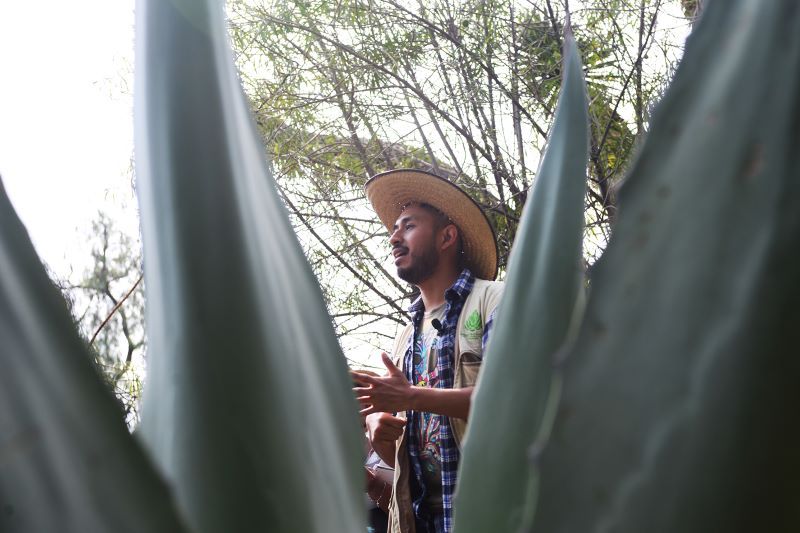The Myth of the Pulque Fermentation with Excrement
Discover the biocultural importance of Pulque, the "drink of the gods," made from the versatile agave plant in Mexico. Learn about the domestication and cultivation of magueys and the process of fermentation from aguamiel to pulque.





